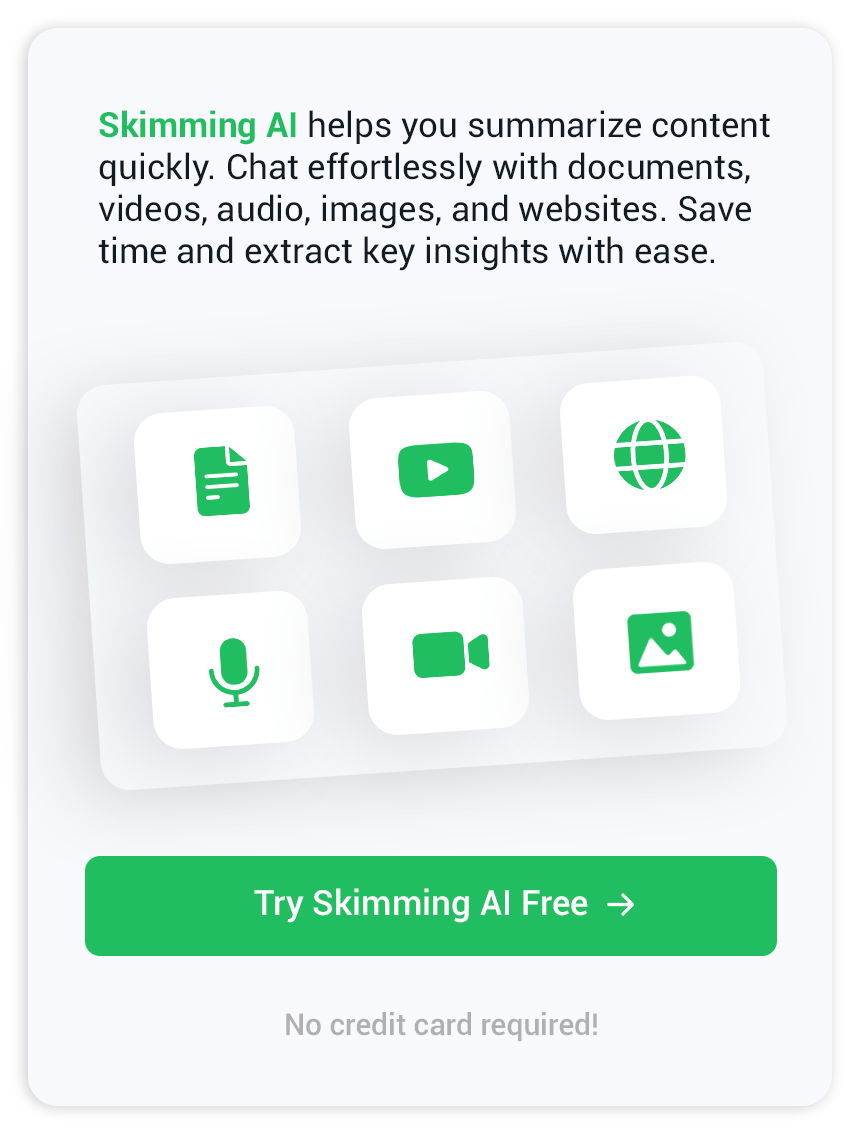Lecture transcript solution for clear, searchable content
Why a Lecture Transcript Matters
For students and lifelong learners, having a clear lecture transcript is like unlocking all the details from a classroom discussion or seminar. Whether you miss a lecture, need to review before an exam, or want to make notes more thorough, a transcript lets you focus on understanding rather than frantically scribbling during the talk.
What is a Lecture Transcript?
A lecture transcript is a written version of everything spoken during a lecture. It can be as literal as a word for word record or slightly edited for clarity. Instructors, students, and researchers rely on these documents to capture lecture content for study, accessibility, or reference.
Getting Started with Transcription
If you are new to transcription, the process may seem time consuming at first, but with some planning, it becomes manageable. Here’s a straightforward way to approach it:
- Gather your materials. You will need a clear audio or video recording of the lecture. Good audio quality makes transcription much easier by reducing time spent deciphering words.
- Play in sections. Listen to a short segment, then pause and type what you hear. Even experienced typists benefit from breaking up the audio bit by bit.
- Review often. Go back a few seconds before each new section. This overlap helps maintain accuracy and confirms you have not missed details.
- Add speaker labels as needed. If more than one person is speaking, note speakers by name or role to help future readers follow along.
Tools to Make Lecture Transcripts Simpler
Manually typing transcripts can be tedious. Fortunately, there are tools and services designed to help, especially when dealing with digital content. If your source is a YouTube lecture, a YouTube chat tool can fetch transcripts directly. For audio content, using a dedicated audio summarizer streamlines the process of turning speech into text. These tools can save a considerable amount of time and reduce errors from repeated listening.
Editing and Formatting
After getting the initial transcript, review it for clarity and readability. Remove false starts or filler words unless you want an exact verification of what was said. Structure the text into sections reflecting slide changes or topic transitions during the lecture, and use paragraphs so the result is not one massive wall of text. This not only helps with study but also with readers using assistive technology.
For Different Types of Sources
Lecture content might come from a document, a traditional classroom, an online seminar, or even a podcast. Some prefer starting with PDF tools if the lecture content is distributed beforehand or in handouts. Others rely on video or audio transcription for live sessions or recordings.
Tips from Experience
Taking regular breaks can prevent fatigue and improve your listening. For important sections, replay them at a slower speed if possible. If acronyms or terms are unclear, flag them and look them up after finishing the main text so the process stays smooth. Including nonverbal cues, such as laughter or audience questions, can enrich the final lecture transcript for context, but focus first on capturing the content itself.

